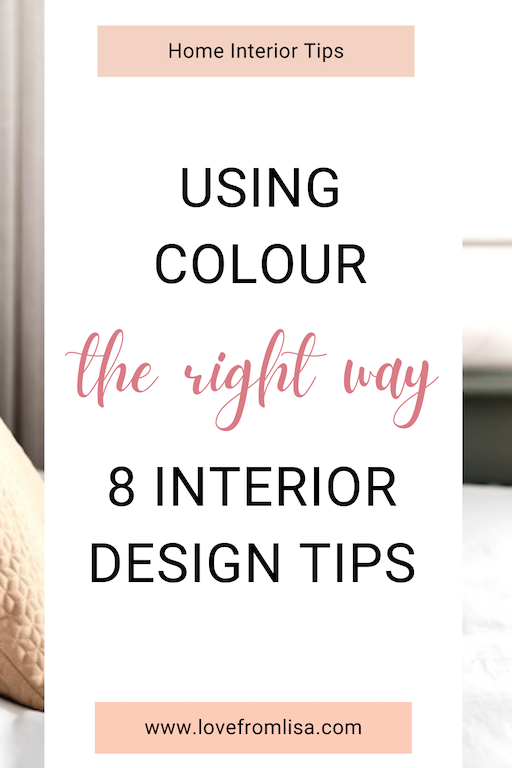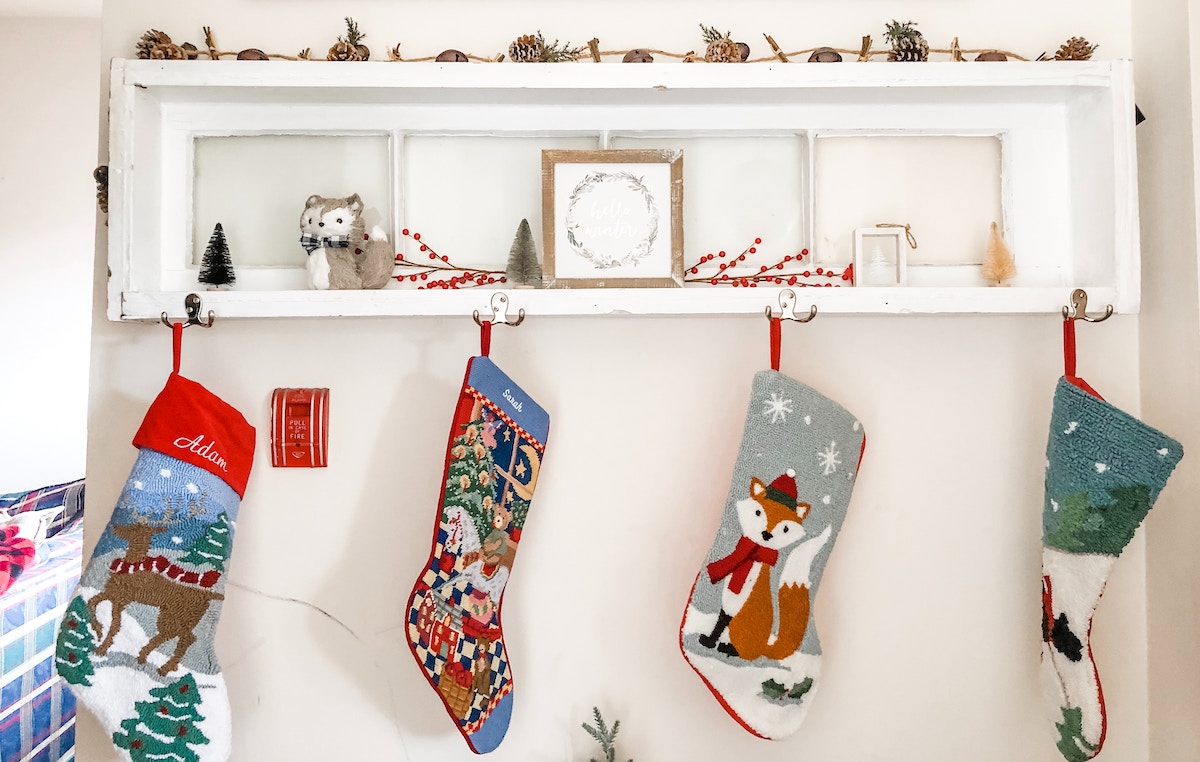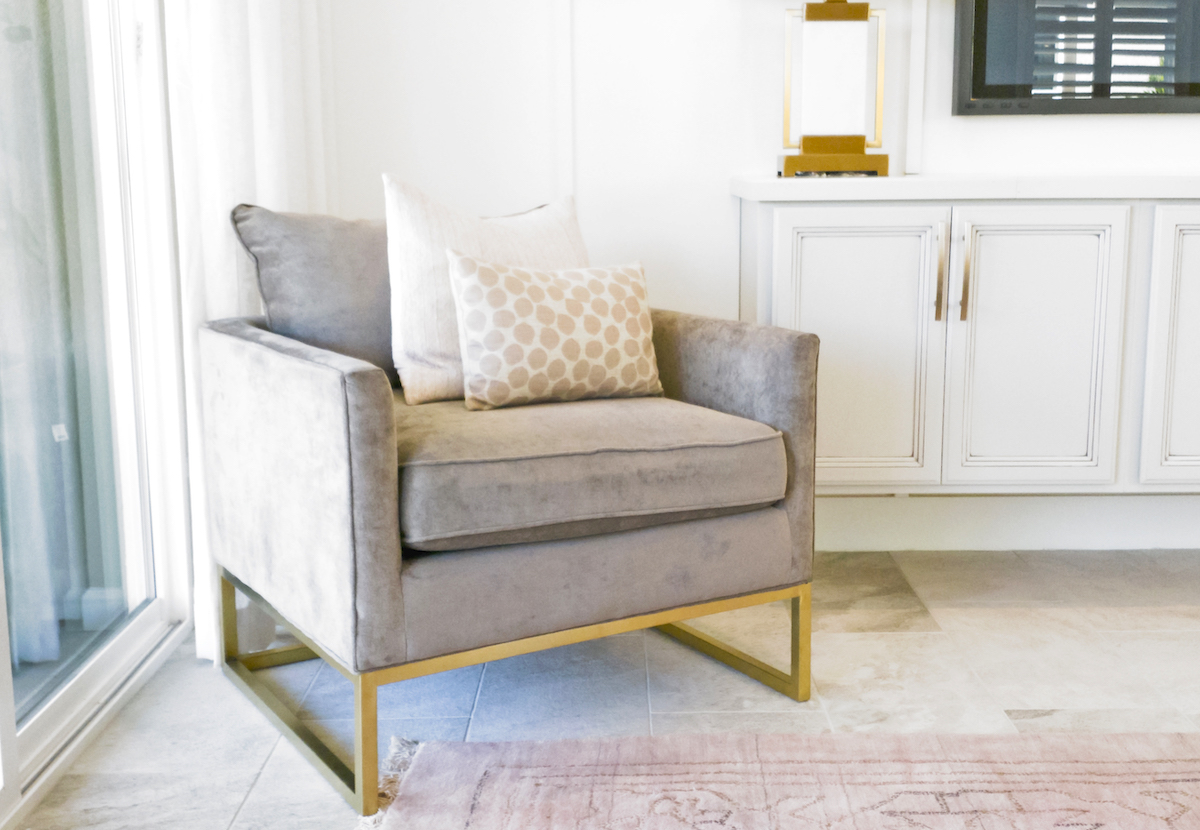Using colour the right way: 8 interior design tips
Last Updated on September 1, 2024

[Collaborative Post] The colour of a space affects its mood, atmosphere, and people’s perception of it.
For instance, the right hues can make a room feel more spacious, cosy, or vibrant, and can even affect the emotions and behaviour of the occupants.
As an example, a playroom with sunny yellow walls can make children more playful and energised.
As such, by carefully selecting and combining the colours of your walls, furniture pieces, and even accessories, you can create a harmonious and liveable space that reflects your personal style, and enhances your quality of life.
Here are some of the tips that you need to know, so that you can select and use colours that will help you meet unique goals for your home interiors:
Understand colour basics
Start by familiarising yourself with the colour wheel, a fundamental tool in interior design.
This will help you understand the relationships between colours and their common classifications, such as:
Complementary colours
These are opposite each other on the wheel, such as blue and orange.
Using complementary colours for your walls or furniture can create a vibrant and dynamic look.
Analogous colours
These are next to each other on the wheel, like blue, blue-green, and green.
They offer a harmonious and serene feel and are ideal for creating a cohesive look.
Warm colours
Reds, oranges, and yellows are energetic and inviting, making them perfect for wall paint or contemporary wall art selections for social spaces like living rooms and kitchens.
Cool colours
Blues, greens, and purples are calming and soothing.
These are suitable selections for bedrooms and bathrooms where relaxation is an important element.
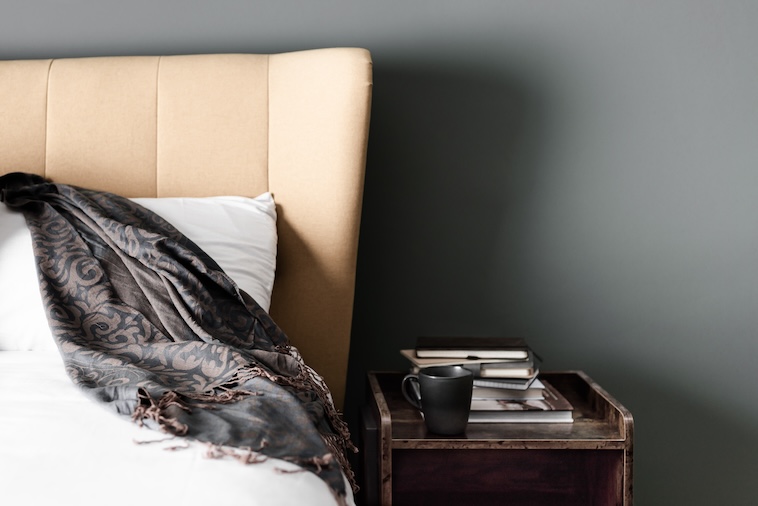
Start with a colour scheme
Common colour scheme options for home interiors include monochromatic, analogous, and complementary.
A monochromatic colour scheme involves using various shades, tints, and tones of a single colour.
This approach creates a cohesive and sophisticated look, and works particularly well in modern and minimalist interiors.
An analogous colour scheme uses colours that are adjacent to each other on the colour wheel, which creates a harmonious and visually pleasing effect.
Meanwhile, a complementary colour scheme uses colours that are opposite each other on the colour wheel. This bold approach can add energy and contrast to a room.
Consider the purpose of each room
The mood and function of each room should play a key role in your colour selection.
Consider the purpose of each space so that you can make the best choice of colour, be it for paint or decor.
Living room
The living room is a space for relaxation and socialising, so warm and inviting colours like soft yellows, warm neutrals, or earthy tones are ideal to create a welcoming atmosphere.
Consider a neutral base with pops of colour through accessories and furnishings.
Kitchen
Kitchens benefit from colours that promote cleanliness and vibrancy.
Whites and neutrals can make the kitchen feel spacious and fresh, but adding pops of colour with accessories or a feature wall can also bring character and warmth to the space.
Bedroom
As a sanctuary for rest, a bedroom can benefit from calming colours like blues, greens, or lavenders. These are ideal for promoting relaxation and restful sleep.
Bathroom
Bathrooms can be done up in virtually any colour but light and cool colours, such as pale blues, whites, and soft greens, can make the space feel fresh and spa-like.
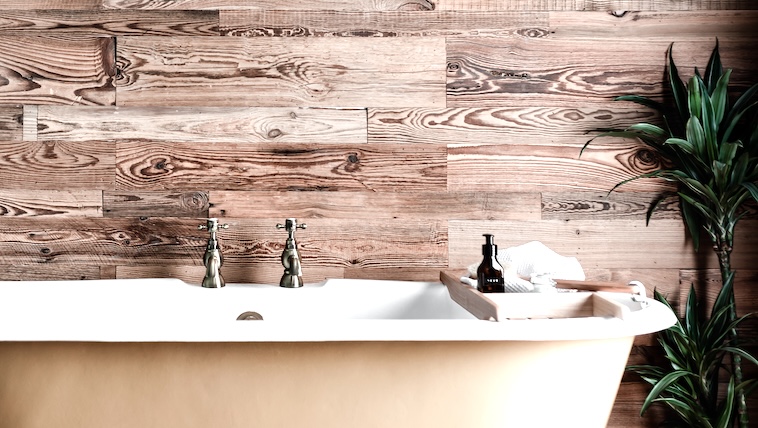
Test colours before deciding
Before committing to a colour, try to paint small patches on different walls to observe how they look under various lighting conditions throughout the day.
This helps you understand how the colour interacts with the room’s natural and artificial light.
You can also use large swatch cards or boards to compare colours in the actual room.
Move them around to see their interplay with the room’s furnishings, flooring, and natural light. This method allows you to visualise the final result more accurately.
Consider the impact of lighting
It’s also important to consider how the light source will affect the colours you choose for a particular space.
Natural light can dramatically affect how colours appear.
Darker and bolder colours fare better in rooms with abundant natural light, while lighter hues are often suggested for smaller, dimmer rooms to avoid feeling cramped or gloomy.
Meanwhile, different types of artificial lighting – such as incandescent, fluorescent, and LED affect colour perception.
Depending on the illumination, certain colours can take on a certain tint, look darker, or seem washed out.
To achieve the effect you want, test colours with the room’s existing lighting and ensure they create the desired effect under both day and night conditions.
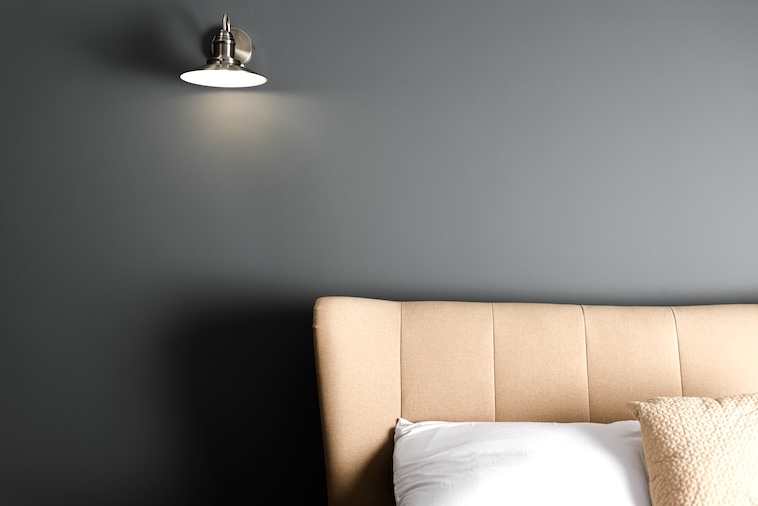
Use colour to highlight features
An accent wall can add depth and interest to a room without overwhelming the space.
For this, choose a colour that complements the main palette but stands out enough to create a focal point.
Unique architectural details like mouldings, wainscoting, or built-in shelves can also be highlighted in the space.
Contrasting colours can draw attention to these features, adding character and dimension to your space.
Ensure overall flow
In open-plan spaces, ensure that colours transition smoothly from one area to another to maintain a cohesive flow.
With consistency in colour choices, you can create a unified look throughout interconnected space.
Meanwhile, colours in adjacent rooms should complement each to create both harmony and distinction.
This doesn’t mean all rooms need to be the same colour, but they should have a pleasing visual relationship.
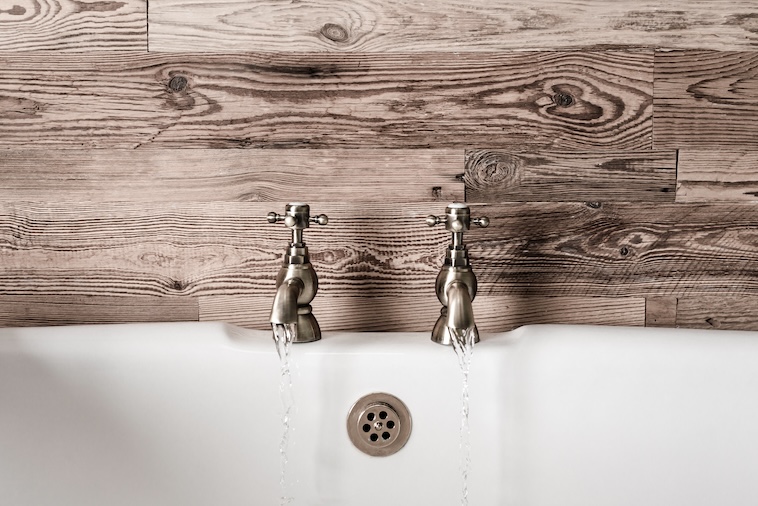
Think of personal preferences and trends
Ultimately, your home should reflect your personal style and preferences. Choose colours that you love and feel comfortable with.
Your home is your sanctuary, and it should resonate with your tastes and personality.
If you’re keen on following trends, however, just be sure to consider how you might feel about a trendy colour a few years down the line.
If you love a trendy colour, use it in easily changeable elements like accessories or accent walls, rather than fully committing to it in large areas.
The right colour choices can transform your home into a more liveable and welcoming space.
With the help of these tips, you can create an environment that not only looks beautiful, but also enhances your quality of life.
How do you make your house feel like a home?
Like this post? Share it with others on Pinterest – Thank you!
